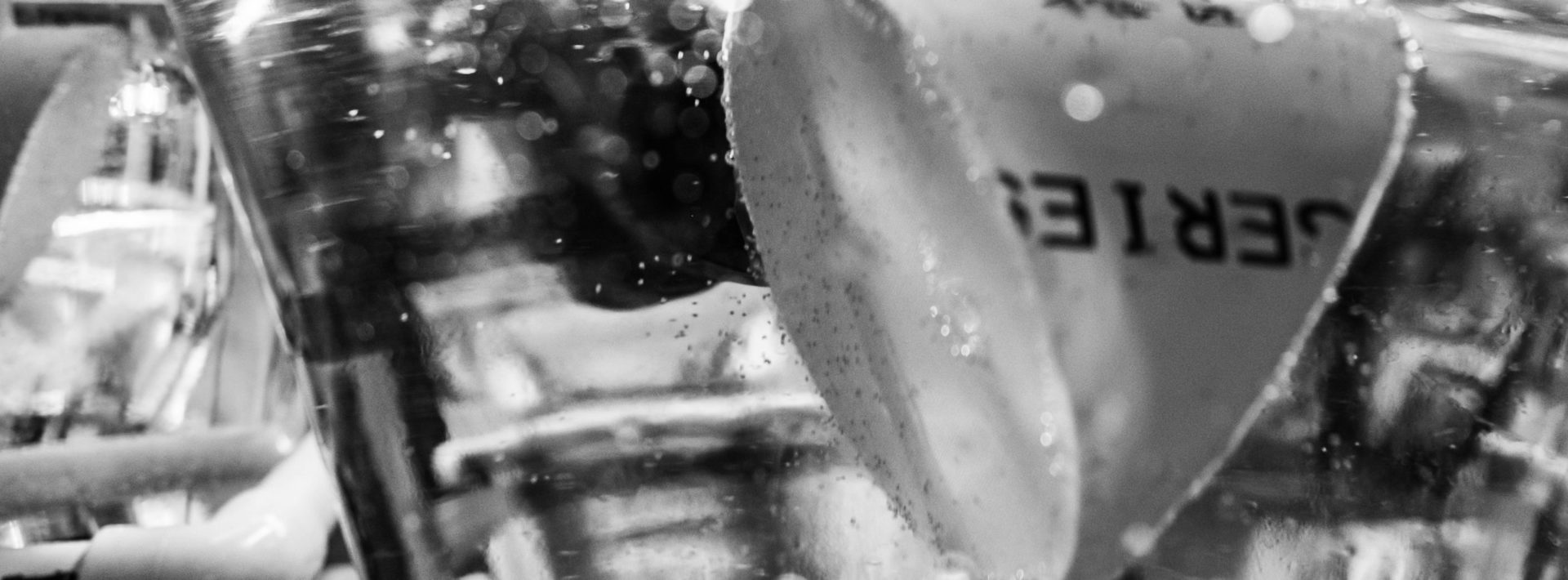ONE-MA3 2018: Gypsum Mines

By Samantha D’Alonzo ’21
This morning, we left the University of Turin for the 500-person town of Aramengo.

The view from our bedroom in Aramengo
Staying at the university has been nice because we’ve gotten the chance to meet other students. A group of Italian students confirmed for us that breakfast is not, in fact, the most important meal of the day in Italy, and also explained that the large and long lunches we have been having are more typical of southern Italy than Italy in its entirety. They also told us about some American stereotypes that were popular in the area. By far the most offense was that we all put pineapple on our pizza.
We arrived at Aramengo just in time for a delicious lunch of pasta, pizza, and ‘bunet’, an Italian dessert similar to chocolate flan that Admir insisted we try. It did not disappoint.

Margaret enjoying her pasta for lunch.
After lunch, we had the amazing opportunity to tour a gypsum mine in the region. Clad in reflective vests and hard hats, we trekked around the breathtaking site while Marco, a worker at the mine, explained the gypsum mining process. We also got to take some samples from the site for future research purposes.

Some members of the group in the quarry

The inside of the cave. The cave was filled with water to manage the dust from the gypsum. This area has yet to be mined.
The Ancient Romans used gypsum for sculptures and, occasionally, the fake the appearance of marble. Today, gypsum is a key ingredient in concretes and plasters.
This summer, Professor Admir Masic is leading a program on Materials in Art, Archaeology and Architecture (ONE-MA3), in which MIT undergraduates are conducting three weeks of fieldwork in Privernum, Pompeii and Turin as a prerequisite for the Fall 2018 MIT course, 1.057 Heritage Science and Technology. The program involves real-world analysis of ancient infrastructures and materials and focus on teaching ways to improve sustainability of the future through the study of ancient successes.



